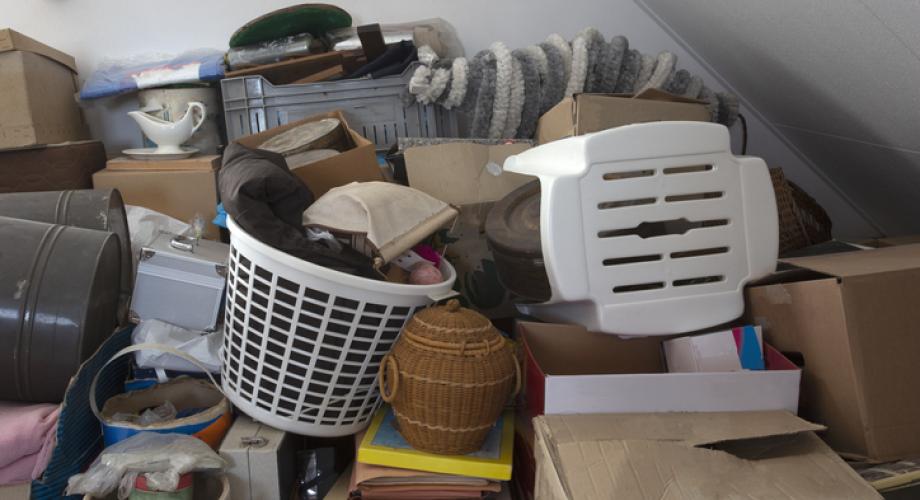Hoarding disorder is protected under the Fair Housing Act, so property managers must approach each situation differently, while keeping residents’ safety top of mind. The National Apartment Association (NAA) presented the webinar “Hoarding Disorder: Situations and Solutions for Property Managers.” It was hosted by Wendy Dorchester, Vice President of Operations & Corporate Support for Hawthorne Residential Partners, and featured a panel of nationally recognized experts:
Cory Chalmers, President/Founder of Steri-Clean, Crime Scene Steri-Clean and Hoarders.com, who has appeared on 84 episodes of A&E’s “Hoarders,” including the pilot.
Randy Frost, PhD, a Professor Emeritus of Psychology at Smith College, who has published 200 scientific articles and co-authored several best-selling books on hoarding disorder.
Christopher Ligatti, Esq., a Trial Attorney for the U.S. Department of Housing & Urban Development, who specializes in fair housing and discrimination with published research on hoarding disorder in multiple law reviews.
Chalmers began the webinar by describing various situations and threats posed by hoarding– often with graphic photos from his 27 years of professional remediation experience. He presented tell-tale warning signs of hoarding, while vividly portraying various safety concerns including fire risks, structural damage to buildings, infestation from rodents and insects, and biohazards – all of which threaten neighbors, first-responders and the hoarders themselves.
Frost proceeded to explain the clinical definitions and criteria for diagnosing hoarding disorder. He explained why people have a persistent difficulty discarding or parting with possessions. Frost described hoarding disorder as causing “clinically significant distress or impairment in social, occupational or other important areas of functioning (including maintaining a safe environment for self and others).” It must not be attributable to another medical condition or disorder. Frost also distinguished between squalor and hoarding, while providing ways to approach treatment options.
Ligatti presented the legal issues implicated by hoarding, plus the legal consequences for property managers including potential fines, property condemnations and civil or criminal liability. Hoarding disorder is now considered a medical condition under the Fair Housing Act, which provides for reasonable accommodation requests. Ligatti explained parameters for property managers to administer such requests, including the benefits of obtaining legal counsel. He referred viewers to the “joint task force model,” available in major metropolitan areas for bringing external resources to bear on hoarding situations.
Chalmers concluded the webinar with how to address the clean-up process toward satisfactory outcomes for all parties. He described the need to proceed in a compassionate manner, yet with a strategic approach toward building trust with the afflicted. This plan included prioritizing items: disposing, donating and recycling them in an appropriate manner. Finally, a program of “aftercare” -- providing ongoing therapy, support, professional organization and maintenance cleaning services -- is also considered mandatory to help prevent recidivism. Chalmers presented compelling “before and after” photos of how this approach works for all parties, if done properly.
James Campbell is Senior Manager, Industry Operations with NAA.
Watch “Hoarding Disorder: Situations and Solutions for Property Managers.”
Read the units Magazine article about hoarding disorder
